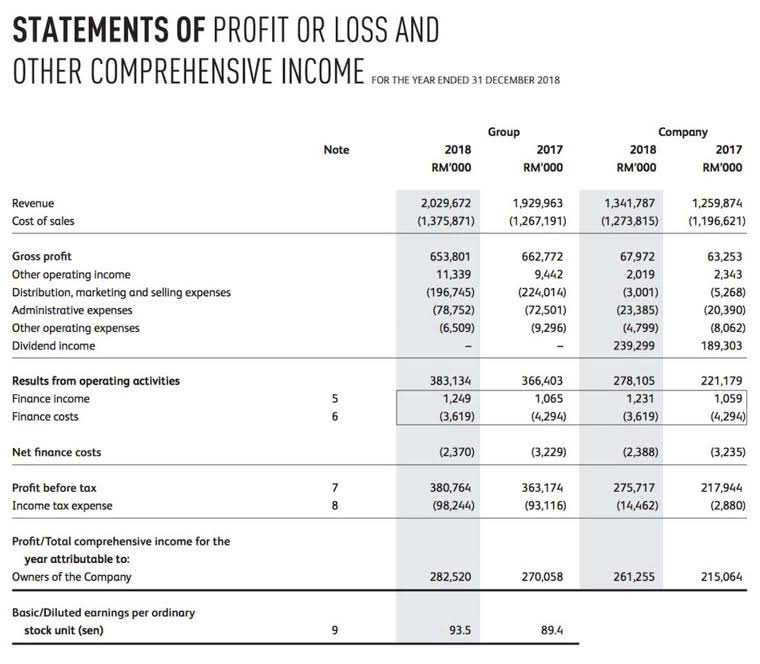Blog
What is Account Reconciliation? Process, Types & Best Practices
- June 9, 2023
- Posted by: admin
- Category: Bookkeeping

But human error is not the sole factor contributing to discrepancies; let’s explore some known factors. Now, there are two methods by which accounts or statements can be reconciled depending upon the circumstances and the type of procedures required. This type of reconciling practice is usually seen performed by the holding companies. The parent company would unify all the subsidiary companies into one group of companies and conduct intercompany transactions such as intercompany sales, loans, etc. The reconciling efforts shouldn’t be limited to businesses but can be incorporated into personal life. Knowing how to manage finance is trivial as it can drive a person or a business to financial downfall.
Reconciling to External Documentation
Generative AI solutions are not trained on labeled data, whereas Nanonets AI is constantly being trained on annotated data to extract data with higher accuracy. Nanonets AI learns how to map input features (like the fields you want to extract) to the output labels (name, date, balance) to achieve higher accuracy and scale with higher volumes of transformation data with ease. Uncleared items – This occurs https://www.bookstime.com/ when a transaction has been initiated but not cleared by the bank or other financial institution yet. Mathematical mistakes – If calculations are incorrect, this will cause account differences. But, if they happen too often and can’t be explained, this may indicate something’s not right with your books. Budget controllers can keep a tight leash on spending through this match-making exercise.
What is a three-way trust reconciliation?
- Rectifying the bank errors bring the bank statement balance and the cash book balance into an agreement.
- In general, firms should conduct bank reconciliations at least once each month.
- And the end result is always to find a zero balance between the 2 sets of figures.
- It’s not uncommon for an employee to mistakenly make a personal purchase on the corporate card, especially if they frequently use that card.
- Choosing the right automated account reconciliation software can be a daunting task.
- Many companies have systems for maintaining payment receipts, account statements, and other data necessary to document and support account reconciliations.
Use a monthly account reconciliation as the mechanism that makes sure you’re correctly amortizing all of your prepaids to, once again, stay on top of everything before they negatively impact your financials. Handling your company’s financial records can be daunting and time-consuming, but it doesn’t have to be. If you already have accountancy software, it’s worth checking if you can get compatible account reconciliation software.
Physical inventory does not match with inventory records
- But that being said, reconciling accounts is an excellent measure to check for any malicious activities.
- Account reconciliations ensure that all data entered into these statements are accurate and up-to-date.
- Get granular visibility into your accounting process to take full control all the way from transaction recording to financial reporting.
- This process helps businesses identify discrepancies or anomalies that could indicate error or fraud.
- Bank reconciliation statements ensure that payments were processed and cash collections were deposited into the bank.
This could be due to many causes like missed entries, bounced payments, charges incurred, interest accrued, and much more. It involves calling up the account detail in the statements and reviewing the appropriateness of each transaction. The documentation method determines if the amount captured in the account matches the actual amount spent by the company. We’ll cover best practices and strategies that organizations can use to streamline their reconciliation processes, minimize errors, and establish a solid foundation for financial management. Accounting reconciliation plays a fundamental role in ensuring that financial statements are reliable, detecting errors, preventing fraud, and maintaining compliance with regulatory requirements. Businesses that prioritize effective reconciliation practices put themselves in a strong position to make informed decisions, mitigate risks, and maintain the financial health necessary for long-term success.
Prepaid assets

Bank reconciliation statements are often used to catch simple errors, duplications, and accidental discrepancies. Auditors review, analyze, and test client-prepared account reconciliations during the annual audit of the financial statements, trial balance, general ledger, and records. Accounts receivable details may not match the general ledger if customer invoices and credits are accrued and not entered individually into the aged accounts receivable journal. Customer account write-offs must be recorded against the Allowance for Doubtful Accounts, which nets against Accounts Receivable in financial statements.
By consolidating all reconciliation data, supporting documents, approvals, and reporting into a single platform, Nanonets creates a comprehensive, auditable record of the bank reconciliation process. This centralized repository streamlines the reconciliation workflow, improves visibility, and enhances compliance. The cash might not immediately reflect in the bank account when funds are transferred via credit card payments or wire transfers.
Prepaid assets are prepaid expenses that are capitalized as an asset when paid in cash. Prepaids are recognized gradually as an expense, using a monthly allocation with a journal entry to reduce the prepaid asset balance and record the expense on the income statement. Fixed assets should be rolled purpose of account reconciliation forward by ensuring that purchases, sales, retirements and disposals, and accumulated depreciation are correctly recorded. In financial records, like the general ledger and trial balance, fixed assets have a debit balance, and accumulated depreciation has a credit balance to offset fixed assets.
- Before you start, ensure you have all the relevant documentation to hand in for the reconciliation process; you will need credit card statements, bank statements or supplier statements.
- Companies typically must reconcile their accounts using accounting standards relevant to the location, such as GAAP for operating in the US.
- In this blog, we’ll explore the importance of bank reconciliation, its purpose and types, and how implementing it can streamline and enhance vital accounting processes.
- Account reconciliation allows you to identify potential errors like misapplied payments and take action.
- This article explores account reconciliation, why all businesses should use it, and the different types to consider.

The objective of doing reconciliations to make sure that the internal cash register agrees with the bank statement. Once any differences have been identified and rectified, both internal and external records should be equal in order to demonstrate good financial health. The company should ensure that any money coming into the company is recorded in both the cash register and bank statement. If there are receipts recorded in the internal register and missing in the bank statement, add the transactions to the bank statement. Consequently, any transactions recorded in the bank statement and missing in the cash register should be added to the register.

Companies can approach their vendor/seller for their statement, which the company can reconcile against their records for the accuracy of the purchases. Banks provide detailed statements of the account, which provide insights into each transaction a particular account has dealt with. In this method, estimates of historical account activity levels and other metrics are used. It’s a statistical approach that helps identify whether discrepancies between accounts result from human error or potential theft. It allows businesses to identify and address issues caused by bank fees and taxes, ensuring the balance sheet reflects the correct financial status. Reconciliation helps identify and fix errors like misapplied payments, ensuring accurate financial information.
